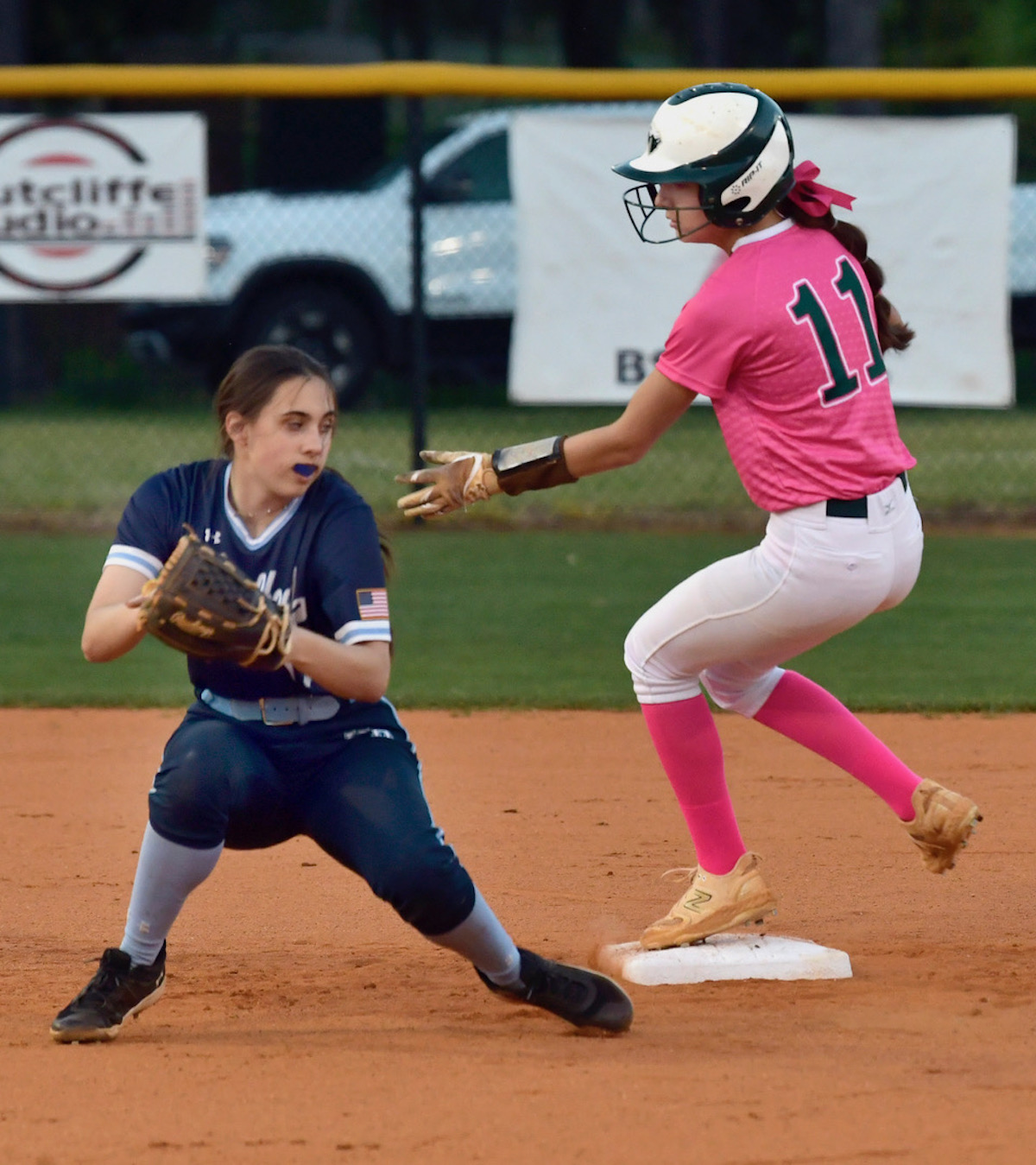By Susan Stone
Well, November certainly came in with a blast! Brrrrrr! With 40 mile an hour winds and temperatures in the upper thirties, our beloved plants found it as much of a shock as we did. November marks the beginning of frosty nights and cooler days, a very welcome change after a hot summer for many of us. As shocking as it feels to us, just think of our plants unable to move out of the wind or protect themselves from the frost. They need our help!
Over the years I have seen some pretty creative methods used to keep plants from freezing to death. The obvious is to move them some place warm, which is fine if you have the room and the sunlight to support them. But what if you don’t? Or what if they’re planted directly in the ground?
Here are a few tips to help you save your favorites:
• If you have a shed or outbuilding to store plants, a single incandescent bulb will generate enough heat to keep temperatures above freezing. Obviously, the larger the shed, the more lights. The more airtight, the better the heat stays in. Simply adding some plastic sheeting to walls and drafty windows will go a long way to insulate the building inexpensively.
• Create a cold frame for your favorite smaller plants by making a plastic tent. There are many simple do it yourself ideas on line. Adding a brick or paver floor will absorb heat by day and keep the plants warm at night. You can also use an incandescent light, but please use fixtures that are rated for “outdoor use”, to avoid electric shock and tripping circuit breakers.
• For the plants you cannot move, try the old-fashioned Christmas lights. It’s a good time of year to find them in the store. You want the large bulb string lights. They get good and warm! You can string them on the plant or simply lay them on the ground around the base of the plant, then cover with a bed sheet. I avoid using plastic for obvious reasons around anything warm.
• Using sheets to protect your palms; The Sagos are especially sensitive to frost. I usually only cover the heart, or the center of the palm to protect next year’s growth. I have found that it doesn’t matter if you cover the whole plant once the temperatures get below freezing.
Large plants such as bananas and palms will rebound from most Southern winters. Last year was particularly cold and damage from freezing was wide spread, but once the “ugly” was pruned away, most of the plants did very well over the summer.
Frost is good for your winter crops. It seems to sweeten the greens, so don’t worry about broccoli and collards, they’ll be just fine. Lettuce is more sensitive so you may want to harvest just before a frost forecast. Lettuce doesn’t ripen, it just gets bigger, so you can pick at any time.
From now until April, the pendulum will swing back and forth; warm to cool and perhaps even hot to cold and back to hot again. So enjoy this beautiful season of changing colors and changing days. It is a rich time of year in the Lowcountry!
Remember, your Number 1 defense against cold damage is hydration. I hear people debating all the time, water or don’t water? The jury is in — Water your plants!
Please send your garden wisdom and garden questions to Susan at; theriverangel.ss@gmail.com.






